
Before the turn of the century, photographic equipment was pretty much limited to single reflex cameras and compact cameras for the consumers, in both film and digital forms. Over the last ten years, the types of photographic equipment increased dramatically; even smartphone cameras can capture better images than some compact cameras. In short, there’s never a better time to get the right camera for your needs.
The Right Camera to Match Your Photography Style
Not all photographic devices are built for the same purpose. Neither is there a true one-size-fits-all solution. Hence there are so many cameras and especially lenses to help create the right images. And each brand and format possess certain advantages and limitations. So which type of camera would suit you best? Let us help you make a choice.
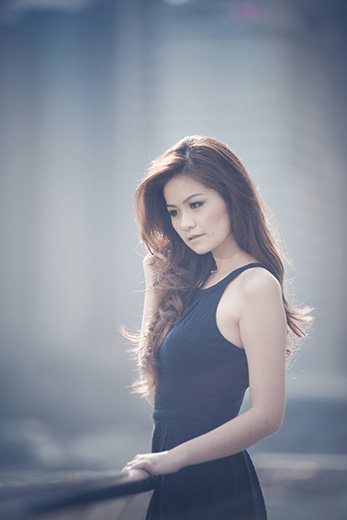
Portraits, People in Action
Photographers who shoot portraits of people love to make the subject stand out from the background, which is achieved by shooting with a large aperture, denoted by f-stops. The smaller the f-stop, the larger the aperture. For instance, f/2.8 is twice the aperture size of f/4.0, which is twice the size of f/5.6. Large aperture results in smaller focal area where the image is in sharp focus.
Another important factor in photographing people is the lens angle of view, denoted by “mm”. The smaller the number, the wider the lens can shoot. The type of lens that captures the most pleasant images of people is between 85mm and 135mm because such lenses separate the subject from the background a lot better. Even though the background is out-of-focus, use them effectively to decorate the empty spaces of the frame.
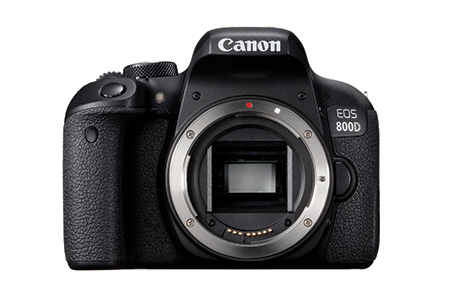
Choice: Digital SLR
For that reason, a DSLR remains the favourite format for shooting portraits and people in action. Personally, shooting people via the optical viewfinder gives a better sense of connecting with the subject compared to framing over a digital display.

Canon DSLRs offer extensive lenses of various price range to meet the budget of portrait photographers. Some camera models also come with vertical handgrip so that you can shoot extensively in portrait orientation without holding the camera at an angle. One of their latest DSLRs to feature the latest Dual Pixel CMOS technologies is the EOS 800D. Alternatively you can consider the EOS 77D (review on p106) or EOS 80D. Pair with the Canon 85mm f/1.8 for better background blur, but a more flexible shooting option is 70-200mm f/4 which allows you to adjust your composition easily.
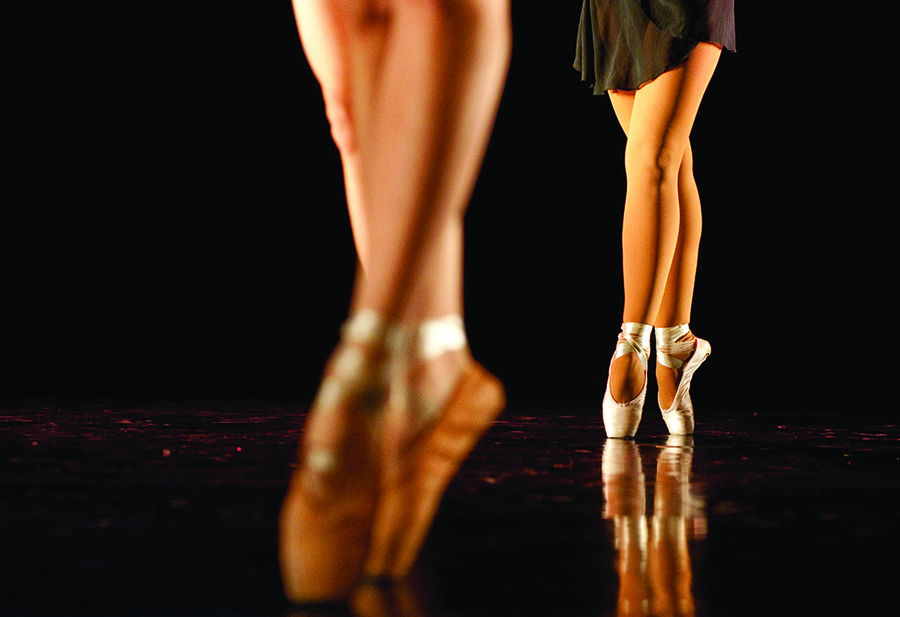
Action and Wildlife Photography
If you love to shoot wildlife, the important factor is a telephoto lens that lets you capture distant objects and fill the frame. Professional photographers might still want to carry full-frame DSLR and bazooka-like lenses to bring the objects up close. But the practical approach for casual hobbyists is to maximise reach by getting a camera system with crop factor so that you get the same reach with a smaller lens. If you shoot tiny insects, then you would need to get dedicated macro lenses that let you focus at very close distances – like few cm – to achieve high magnification.
Another factor is that the camera should be able to shoot with minimal lag, to track objects continuously across the entire frame, and are capable of high frame rates for burst shooting so as to achieve that perfect moment.
And just like portraits, a larger aperture is preferred to achieve better subject isolation with more background blur. A sturdy tripod is also necessary to capture small distant objects, though it might not be as versatile if handheld.

Choice: Micro Four-Thirds
Micro Four Thirds (MFT or M43) cameras have a crop factor of 2. It means that a 150mm lens on an MFT camera will have the same frame of view of a 300mm lens on a full-frame camera. And yet, the overall size and weight of the MFT camera is smaller and lighter. You look less intimidating in public, say a social event, and you also achieve greater portability.

The Olympus OM-D E-M1 Mark II is one of the fast-shooting MFT cameras, and it can capture up to 60 frames per second (fps), though a more practical setting is 10 fps with continuous focus. Its 5-axis in-body stabilisation system allows handheld photography with reduced shake. For shooting really distant objects, get an Olympus 300mm f/4 Pro telephoto lens. For general action photos like weddings, the Olympus 12-100mm f/4 Pro is very versatile to capture objects both near and far. If you are keen on macro photography, get the Olympus 30mm f/3.5 or 60mm f/2.8 macro lenses.
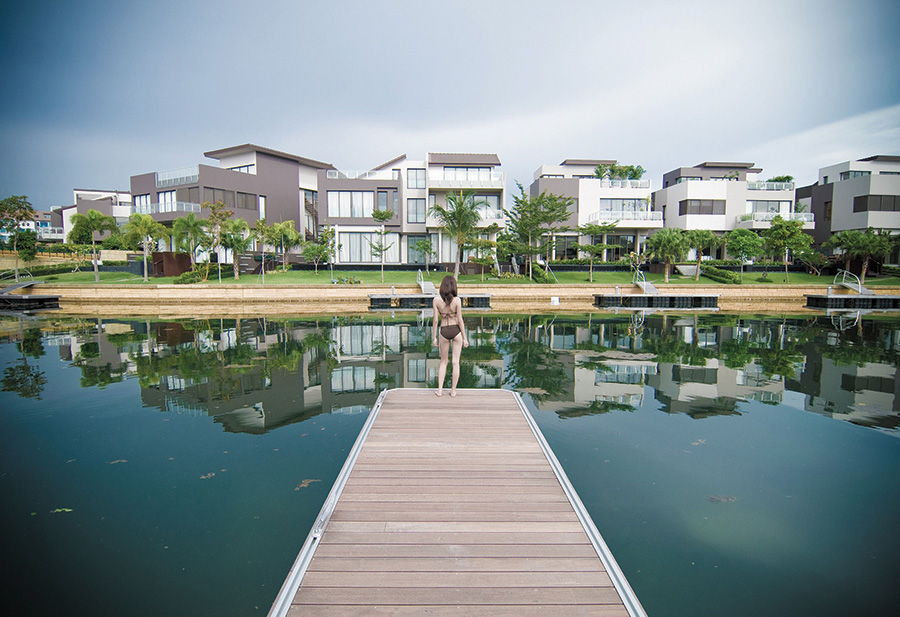
Landscape Photography
In landscape photography, you’d want to squeeze as much scene as possible within the frame. To achieve this feat, wide-angle lenses are used, denoted by a short focal length, measured in “mm” (like 18mm). In general, popular lenses that offer a sufficiently wide angle without excessive distortion are between 18mm and 35mm.
For creative images, drag out the shutter speed to create unusual effects. To shoot silky flow of a river, set the shutter speed to 1/4 seconds and experiment the speed to get the desired effect. Use small aperture size like f/8 to improve sharpness on all objects in both foreground and background. For that, a tripod is essential. The camera should also capture a very wide dynamic range so that visual information ranging from bright skies to subtle shadows in the shade can be captured.
HDR is a feature that many cameras have these days but if there’s a look or style that you are going for, then consider doing it manually. Shoot multiple images of the same scene at different exposure levels and then layer them using photo-processing software to control the level of detail from the shadows to the highlights. It might also be a good idea to fire the flash to fill-in shadows caused by the sunlight. An external flash is required to fill a large area; the built-in flash is inadequately powered.
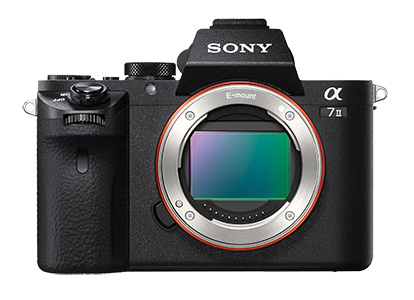
Choice: Mirrorless
Mirrorless cameras are starting to become popular because of portability. Smaller cameras lenses and gear, in general, make it easier when moving around. When shooting landscape, a mirrorless camera (which also included m43 cameras) with an electronic viewfinder could be useful when composing your shot in low-light conditions, as the EVF will increase sensitivity to allow a clearer preview before the shot is taken. The live view on a large display also makes shooting on tripod more convenient. In addition, features like focus peaking for manual focusing and live bulb mode for long exposure are extremely convenient compared to traditional methods.

Sony a7 II full-frame mirrorless cameras are excellent for delivering high-dynamic range landscape photos in any lighting condition. For the lens, I recommend the 16-35mm f/4. Get the Sony F60M external flash to light up dark areas.
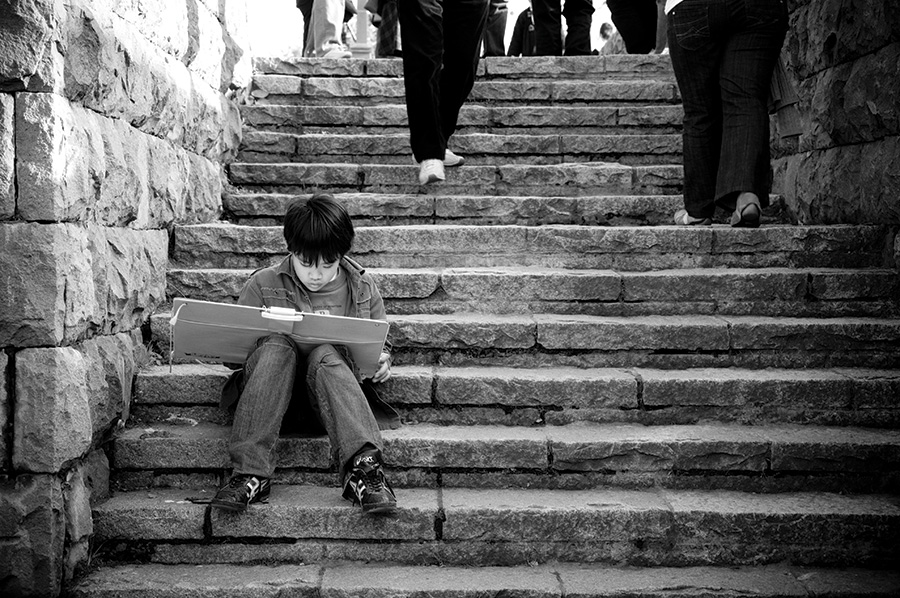
Street, Candid Photography
If you are interested in capturing the unadulterated street scenes and candid portrayal of everyday urban life, you need to look unobtrusive and casual. For that, a compact camera with good optics and a large image sensor (preferably 1-inch and above) will do the trick. When walking around, the camera needs to be always ready to take the shot and lets you make shooting adjustments on-the-fly without having to fumble with menus and awkward buttons. A camera with external dials will be advantageous.
There is a certain grungy look that viewers look out for in street photography that speaks rawness. Not every photographer can capture the essence of street photography. It may be easy to snap street scenes here and there without interacting. Then comes the next stage of going deeper into the soul of the street and closer to the people. A great way is to look approachable and friendly, strike a conversation with the subjects, make them comfortable, before firing away.

Choice: Premium Compact
When you carry a retro-looking camera like Fujifilm X100F, half the battle is ‘won’, as the camera exudes old-school charm and can be a perfect conversation piece for the subjects. It’s fairly compact and does not look intimidating, shoots fast, and has a hybrid viewfinder that can simulate an old-style rangefinder camera. It is extremely capable of shooting in low light thanks to its fixed 23mm f/2 lens, large APSC-sized sensor and up to ISO 51200 sensitivity. Its film simulation modes produce a convincing analogue film feel that further fuels your desire as a street photographer.
Before you head for the streets, stock up on additional batteries. While the X100F can shoot about 390 shots on a full charge, it is still an advanced digital camera and high-tech features like Wi-Fi and EVF consume a fair bit of battery.
Conclusion
While the above recommendations are specific to camera types and brands, an experienced photographer can use any camera to achieve the same outcome. After all, photography is about capturing light. If you know your preference of photography style, choosing the right system will give you the desired result with little fuss, and at the same time, you will enjoy the process of creating your next masterpiece to share on social media.








